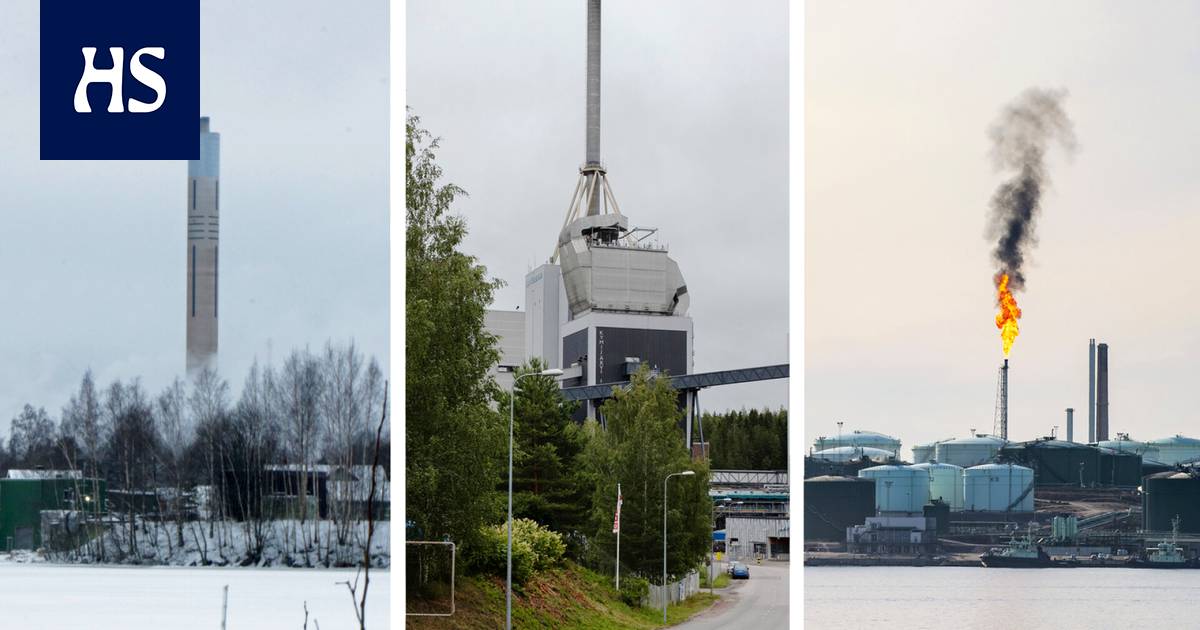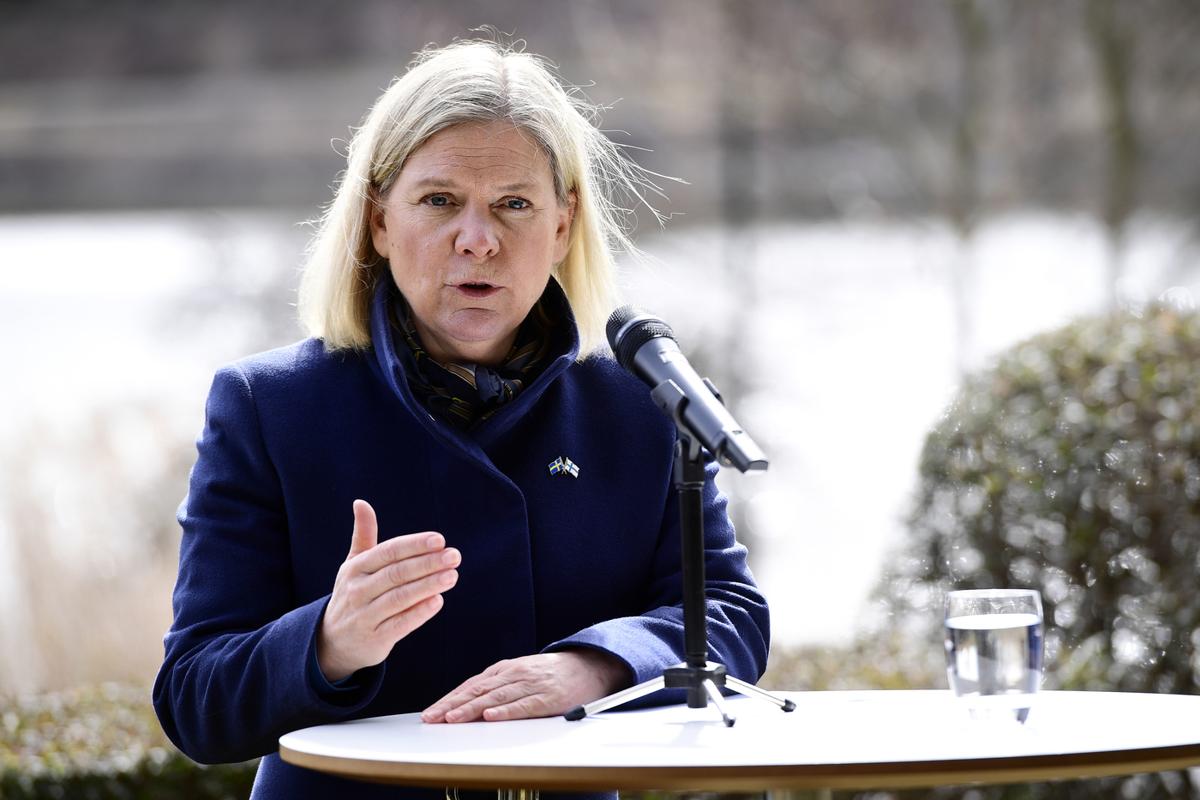The hydrogen industry is at a turning point. Finland, which left behind the hydrogen boom, is now attracting investors. In the coming years, investments of more than two billion euros in the production of clean hydrogen will start in Finland.
Year 2022 seems to go down in history as the year when the wave of Finnish hydrogen investments started.
For a long time, there has been buzz and big visions around clean hydrogen, but less concrete actions. During the current year, the situation has changed rapidly, and numerous companies have made their investment plans public.
HS collected information from various sources about the hydrogen projects underway in Finland. Based on the information made public by the companies, it can be estimated that investments of up to a couple of billion euros in the production and further processing of pure hydrogen will be launched in Finland in the next few years. The estimate is cautious, and includes only projects where an investment decision has been made or is close to being implemented.
Examples of the projects are compiled in the list found in this article.
First the green hydrogen production plant is already under construction. P2X Solutions builds On the brush bank 20 megawatt electrolysis plant. Preparatory work started in the summer, and the foundations of the facility are currently being built on the site. Construction of the production plant will start at the beginning of next year, and it should be ready in the summer of 2024.
More projects are in the queue.
The project development company Ren-Gas is planning plants for five locations that will refine synthetic methane from pure hydrogen into fuel for heavy traffic. The projects are the longest In Lahti and Tampere, and the company expects to make the final investment decisions on these next summer. In Lahti, production could start on a small scale as early as 2025. Recently, the company took a big leap towards securing the financing of investments by signing an agreement with the insurance giant Allianz.
The largest individual project brought to the public at the moment is the 500 million euro facility of the development company Flexens Let’s have a bonfire. It would produce ammonia from pure hydrogen and nitrogen captured from the air, primarily for the fertilizer industry.
The 450 million euro production facility planned by CPC Finland and German Prime Capital is of the same size category To Kristiinakaupunki. The goal is to start production in 2025.
In all Dozens of new investments related to clean and low-carbon hydrogen are being prepared in Finland, estimates published in March, commissioned by the Government hydrogen report. However, most of the projects are only in the pre-examination or pre-planning stages, and their realization is uncertain.
Based on the survey of members of the Finnish hydrogen cluster, there are 24 projects in various stages of preparation in Finland, most of which involve hydrogen production or refining. According to the survey, as early as 2025, the production of pure hydrogen could start significantly in Finland.
Chairman of the hydrogen cluster steering group Outi Ervasti says that a real wave of investment announcements in Finland can be seen next year. This is due to the fact that the regulation of the hydrogen economy in the EU is partly still being worked on. When the regulation is fixed, it will be easier for companies to make investment calculations.
“Next year will be significant”, Ervasti estimates.
Green hydrogen is currently the hottest topic of discussion in the energy sector. The term refers to hydrogen, which is produced from water with the help of electricity by breaking down the water molecule into oxygen and hydrogen by electrolysis. When the electricity used is emission-free, the process does not produce greenhouse gas emissions.
It is hoped that green hydrogen will solve the emission problems of many sectors. In industry, it can replace hydrogen produced from fossil sources. In Finland, the biggest user of hydrogen is Neste’s refinery in Porvoo. Neste is planning its own green hydrogen production plant, as is forestry company UPM.
In addition, hydrogen is hoped to solve the emission problem, for example in heavy traffic, where electrification is difficult. Many ongoing projects in Finland aim at this market.
Among others, Ren-Gas, St1 and Vantaan Energia are planning plants where green hydrogen is further processed into synthetic fuel, for example methane or methanol, by combining hydrogen with carbon dioxide that has been captured from energy production or industry.
In some visions, hydrogen also functions in the energy sector as an energy storage and regulating force. In Vaasa, the energy company EPV is planning an investment with this idea.
Hydrogen industry is now at a turning point where abstract visions begin to turn into investment decisions. The Confederation of Business Janne Peljo thinks this is because the market now believes that there are uses for green hydrogen. It is guided by emission reduction goals and various goals set by states for hydrogen production.
Projects have also been sped up with large government subsidies. The EU’s goal is to speed up clean hydrogen investments with the recovery package so that by the end of the decade, 10 million tons of green hydrogen are produced in the EU per year.
The projects of Vantaa Energia and St1 received a total of approximately EUR 65 million in support from the recovery package in October. P2X’s Harjavallan project received an investment grant of 26 million euros. CEO of P2X Sensitive Plit says that the importance of support in the company’s investment decision was “very important”.
“At the beginning, there is no prospect of projects being built without subsidies,” says Plit.
So far, green hydrogen is significantly more expensive than fossil hydrogen, but the energy crisis can turn the situation in favor of green hydrogen, believes Ervasti. The majority of fossil hydrogen is produced from natural gas, the price of which has risen and the availability of which is subject to great uncertainty.
Finland started the global hydrogen boom in the back train, but has now caught up, experts say. However, Denmark and Sweden, for example, have succeeded in attracting hydrogen investments significantly better than Finland, states the consulting company Rystad Energy. The news from this year says that international investors have also discovered Finland.
“Finland is one of the most attractive places in Europe for hydrogen investments,” says Peljo.
The number one pull factor is clean energy production and huge wind power potential. Electrolysis consumes a lot of electricity, and getting the green label for hydrogen requires that the electricity must be emission-free. According to Ervasti, around 70 percent of the costs of hydrogen projects come from the purchase of electricity, so the availability of affordable electricity is the most important prerequisite for investments.
There is also a lot of clean water and bio-derived carbon dioxide available in Finland. Carbon dioxide is a key raw material in the production of synthetic fuels, and according to Peljo, it is a competitive advantage if the carbon dioxide does not come from burning fossils.
“It has significant value that the source of carbon dioxide is bio-derived. There are many places in Finland where bio-based carbon dioxide can be recovered to a large extent.”
Another attractive factor is Finland’s comprehensive district heating network. Electrolysis produces large amounts of waste heat, so the profitability of the project is improved if the heat can be put to useful use. Almost without exception, pending hydrogen plants are located in places where waste heat can be fed into the district heating network.
According to Peljo, Finland’s climate policy also gives foreign investors the impression that there is demand for clean investments. For this reason, EK hopes that Finland would also create a national hydrogen strategy, similar to many other EU countries.
“We have been calling for a strong and credible hydrogen strategy that would bring Finland to the attention of international investors.”
#Investments #Finland #entered #hydrogen #boom #train #turning #point #reasons #billions #invested #Finland









